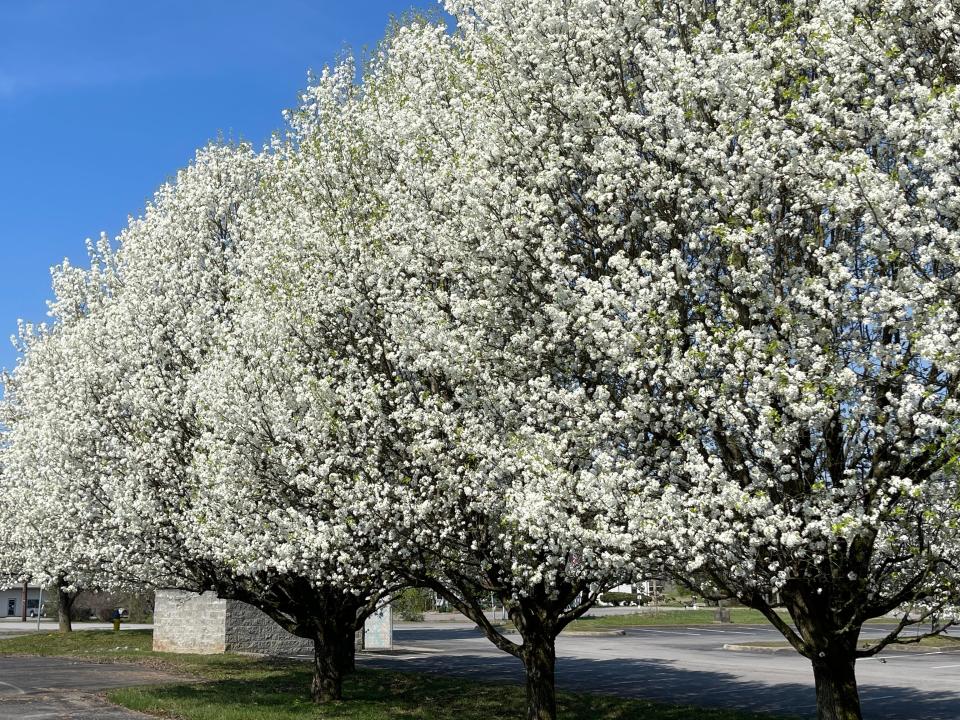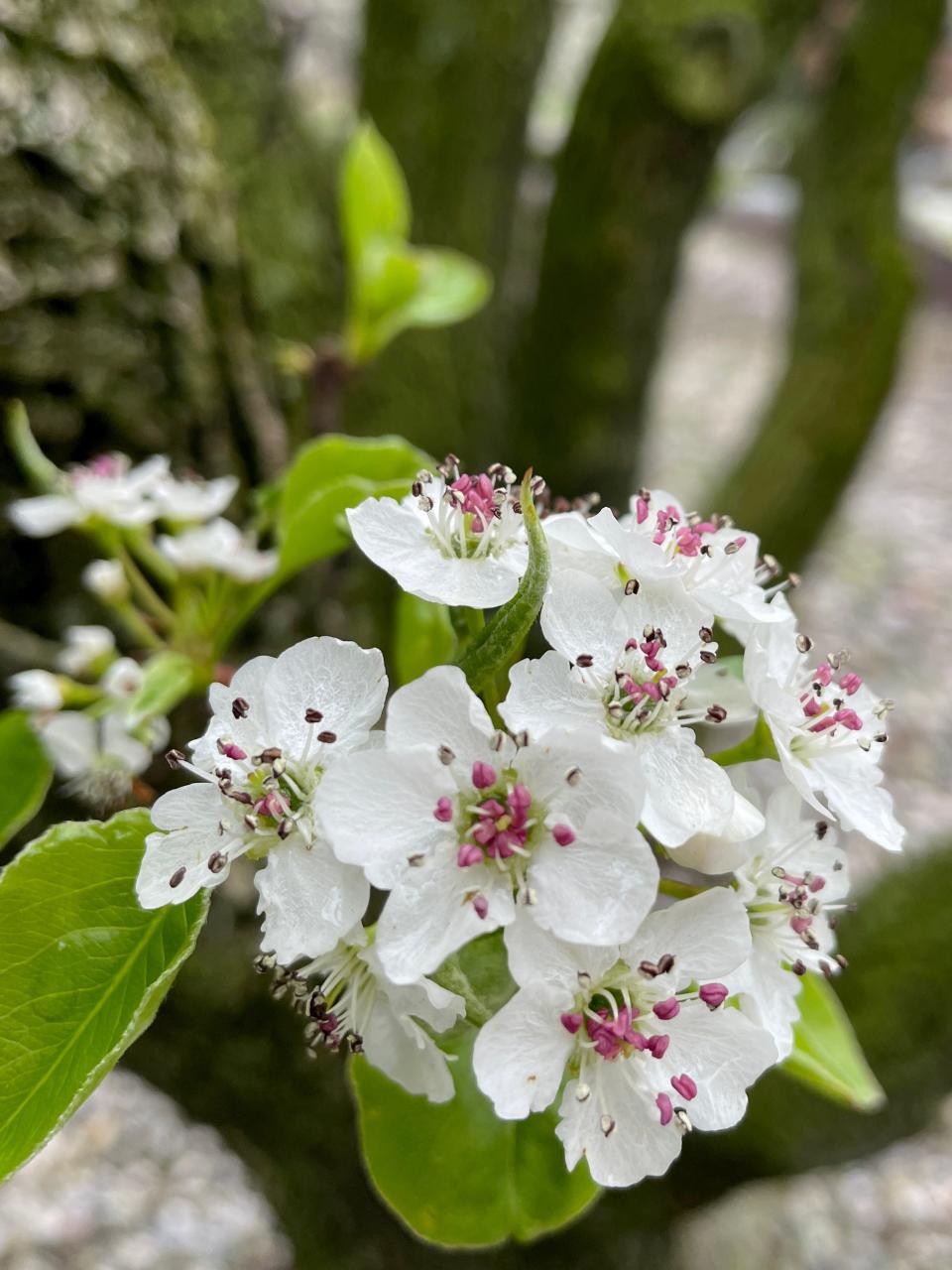Bradford pears may be pretty, but they're invasive and smell awful. MA moves to ban them
One of the best parts of Spring is the flowers. May flowers are what make April showers bearable, after all. From the early purple crocus to the pink bleeding hearts, gardens and meadows almost light up.
Aside from the smell of dead fish. The Bradford pear tree, or Pyrus Calleryana, despite being aesthetically pleasing in bloom, is an invasive plant species well known for its offensive odor and is one aspect of spring that is widely dreaded across the United States.
Multiple states have taken steps to prohibit the planting and sale of Bradford pears, and the Massachusetts state government may follow suite later this spring.
When will Massachusetts ban the Bradford pear?

The Massachusetts Department of Agricultural Resources is expected to implement a ban by the end of June.
Back in December 2022, the Massachusetts Invasive Species Advisory Group voted to recommend to the Massachusetts Department of Agricultural Resources that Bradford pears be listed as invasive and put on the prohibited plant list. Now, that recommendation is bearing fruit.
Why are Bradford pears being banned?
Besides the scent, the Bradford pear trees pose an ecological threat to native plants, said Karro Frost, a plant restoration biologist with MassWildlife, as well as member of the Massachusetts Invasive Species Advisory Group.
Originally from China and Vietnam, the Bradford, or Callery pear, was brought to the United States in the early 1900s, before becoming commercially available in 1963. They were originally thought to be sterile, but that proved not to be the case.
More: Bradford pear trees might be pretty in spring, but they're invasive - and ugh! that smell
Local fauna has been slow to develop a taste for it - "deer aren’t that attracted to them," said Frost, "and we don’t have a lot of insects that will feed on them either, which allows the plant "to spread unimpeded across the landscapes." Bradford pear trees form thick stands that prevents sunlight from nourishing native plants, which turn provide food and habitats for wildlife.
What other states have banned Bradford pear trees?
Several states have banned the trees, including Ohio, Pennsylvania, South Carolina, and Minnesota has a three-year phase-out period that will conclude in 2026.
Can people weigh in on the decision?
The Massachusetts Department of Agricultural Resources will hold a public hearing on Bradford pears Friday, April 26 at 10 a.m.
How can I remove my Bradford pear tree?

If you want to get rid of your Bradford pear tree now – whether because of the ecological problems or the smell – it's best to do it before those blooms have a chance to turn into berries. So, the sooner, the better.
Cutting it down will start the process, but the stump still needs to be treated to keep it from sprouting back. That could mean grinding it down, digging it up or treating it with an herbicide, Greenville News reports.
Why do Bradford pear trees smell so bad, anyways?
Widely considered to be a malodorous tree, the smell is all about wanting to be attractive. The flowers are emitting that odor to attract pollinators. As soon as those petals fade, the smell will fade with it.
This article originally appeared on Telegram & Gazette: Invasive Bradford pears ban: MA looks to get rid of smelly tree

